Ditching transistors for ferroelectric diodes, this new computer architecture could prove up to 100 times faster than current tech.


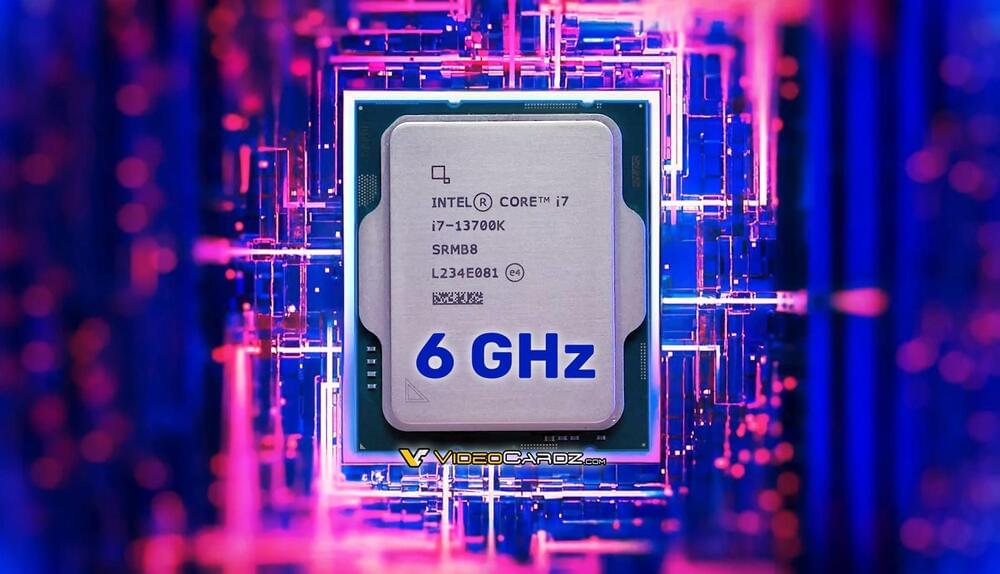
November 28th, 2022 – GIGABYTE TECHNOLOGY Co. Ltd, a leading manufacturer of motherboards, graphics cards, and hardware solutions, today announced to extend the instant 6GHz technology designed for Intel® Core™ i9-13900K and Core™ i7-13700K processors to the Z690 platform. By simply upgrading the latest BIOS of Z690 motherboards and activating the relevant settings, users can optimize their Intel® Core™ i9-13900K and Core™ i7-13700K processors to 6GHz for the performance boost on single-core up to 3%. This enables users who stay with the existing Z690 platform can enjoy the performance enhancement of the new CPU as well.
The latest Intel® 13th gen processor has impressed users with its class-leading performance. GIGABYTE’s Instant 6GHz on the Z790 platform was renowned for unleashing the performance of Intel® Core™ i9-13900K and Core™ i7-13700K processors for users in an easier way and is now employed on the Z690 platform. By simply upgrading the latest BIOS with Instant 6GHz activated, the system can automatically tweak CPU voltage and Vcore Load Line Calibration of Intel® Core™ i9-13900K and Core™ i7-13700K processors to detect the most two optimized cores running at 6GHz frequency. This further delivers a 3% performance boost on one single core like the Z790 platform.
GIGABYTE motherboards are notable for their exclusive VRM design, thermal design, and fine-tuning for convenience. To provide a superior user experience and maximum benefits to users, GIGABYTE brings Instant 6GHz technology to the Z690 platform for those who use Intel® 13th gen processor without upgrading to Z790 motherboards can also get a performance boost with ease.
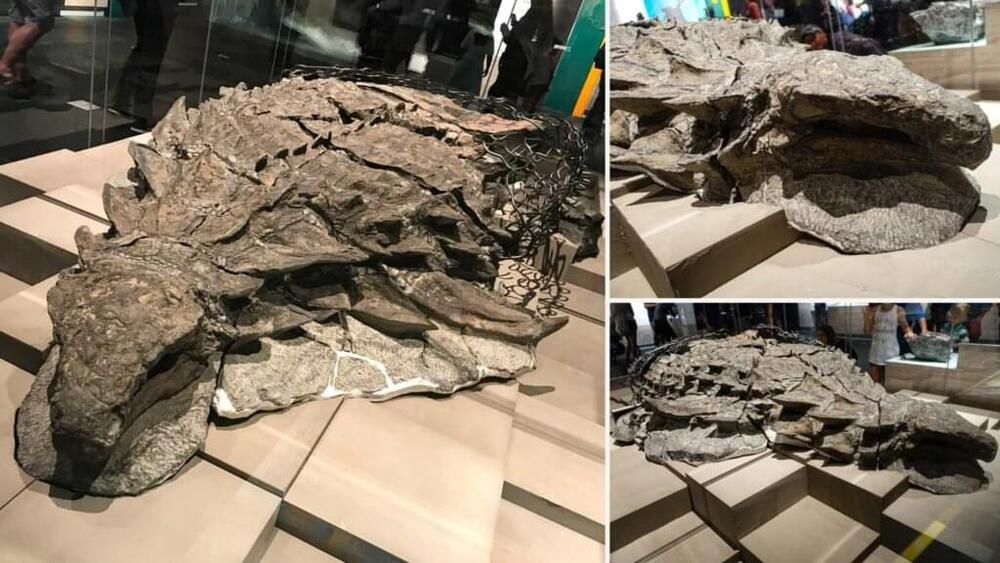
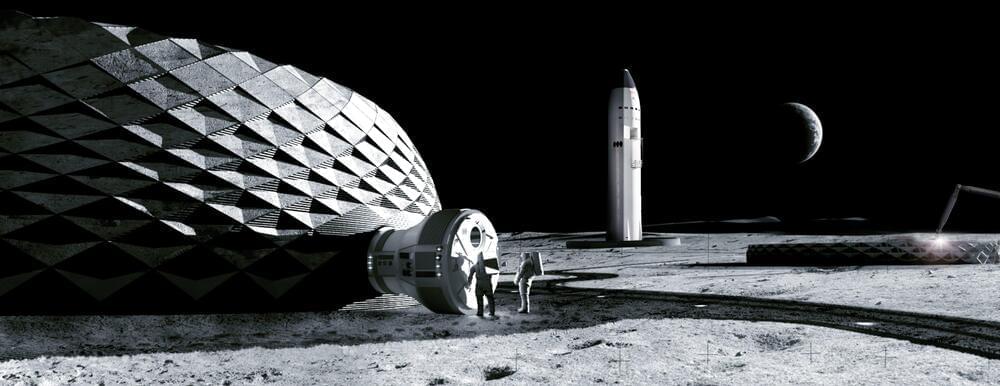
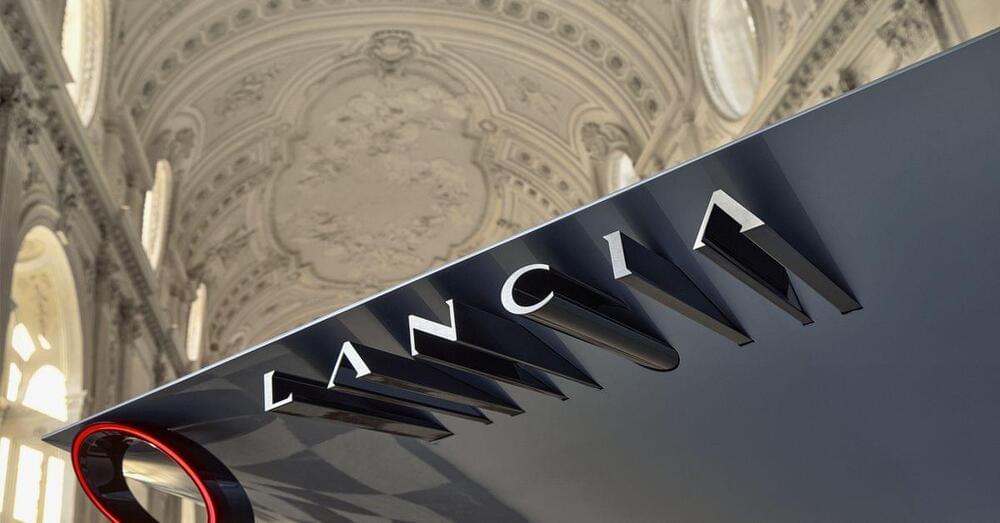
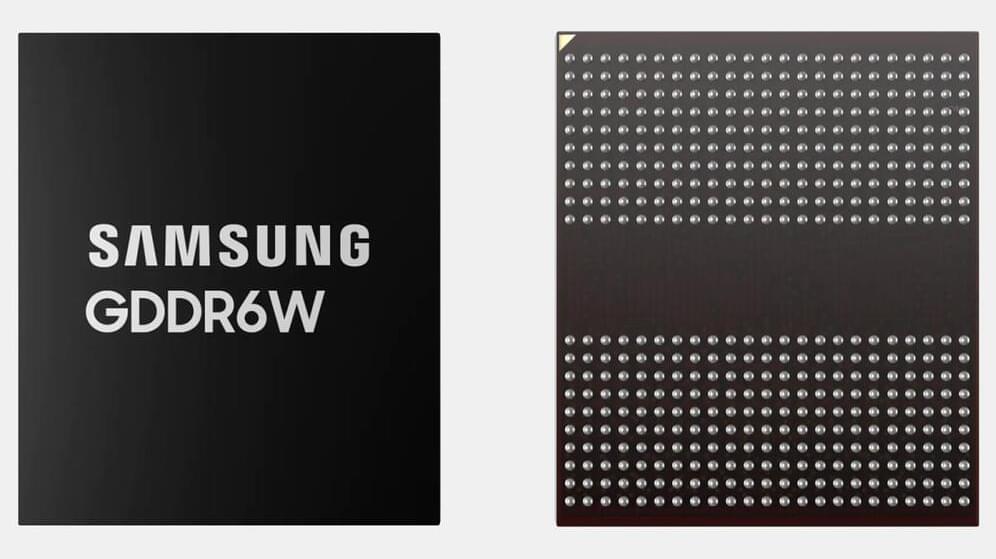
Samsung has introduced (opens in new tab) its all-new type of GDDR6 memory that doubles the DRAM package’s capacity and increases interface width to double its peak bandwidth. Samsung’s GDDR6W chips use traditional BGA packaging and can be used for mainstream applications like the best graphics cards.
Contemporary GDDR6 and GDDR6X chips integrate one DRAM device with a 32-bit interface. By contrast, a GDDR6W chip packs two DRAM devices featuring and therefore features two 32-bit interfaces, thus doubling capacity (from 16Gb to 32Gb per chip) as well as interface width (from 32-bits to 64 bits). To do so, Samsung’s GDDR6W chips use the company’s Fan-Out Wafer-Level Packaging (FOWLP) technology that replaces traditional printed circuit board with a redistribution layer (RDL) that is thinner and has significantly finer wiring patterns.
Samsung’s GDDR6W devices generally use the same protocols as GDDR6 but offer higher performance and capacity. For example, a 32Gb GDDR6W memory chip could deliver a peak bandwidth of 176 GBps, up from 88 GBps in the case of a regular GDDR6 SGRAM chip. Meanwhile, building a 32Gb memory chip using two 16Gb memory devices might be cheaper than building a 32Gb monolithic memory device.


Summary: Researchers have identified two proteins that prevent the formation of scars in the brain and help promote the regeneration of new neural tissue.
Source: LMU
LMU researchers demonstrate in a zebrafish model that two proteins prevent scar formation in the brain, thereby improving the ability of tissue to regenerate.
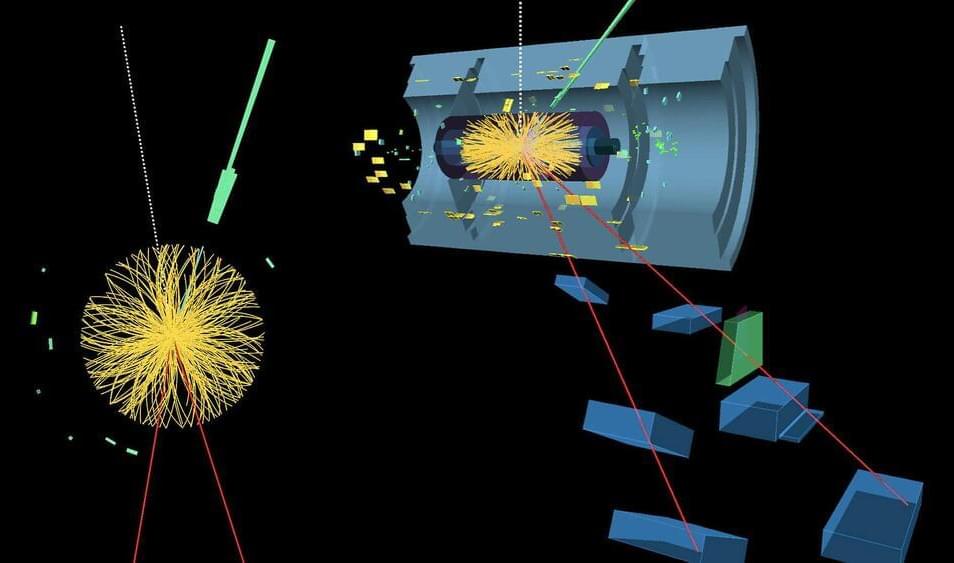
Luka Selem says he was always a curious kid. Growing up in France, he was given copies of Science et vie junior, a science magazine for young people, by his parents.
“Since I was very young, I was always interested in quite a lot of things,” he says. “I was always asking, ‘Why? But why that? Why that, and then why that?’ I wanted to go all the way to the end. I was never satisfied by the answer.”
Particle physics, the study of the fundamental particles and forces that make up everything around us, turned out to be a good way for Selem to search for answers. “In particle physics, there is no other ‘why,’” he says. “No one can tell me the rest of the story. I have to find it myself with my colleagues.”
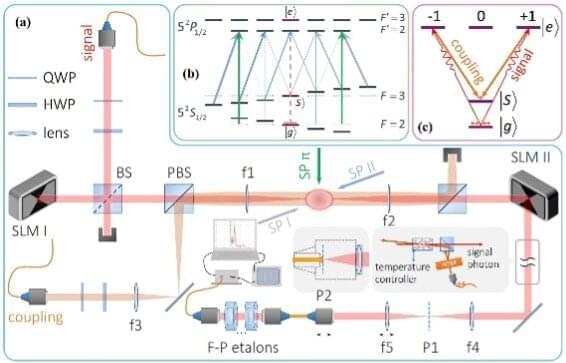
Recently, a team led by Prof. Guo Guangcan achieved long-lived storage of high-dimensional orbital angular momentum (OAM) quantum states of photons based on cold atomic ensembles, using a guiding magnetic field combined with clock state preparation. Their work was published in Physical Review Letters.
Previous work has shown that integrating multimode memory into quantum networks can greatly improve channel capacity, which is crucial for long distance quantum communication. The collective enhancement effect of the cold atomic ensemble makes it an efficient medium for storing photonic information. Although important progress has been made, many problems remain to be solved in long-lived spatial multimode memory based on cold atomic ensembles, one of which is how to achieve high fidelity for multimode memory after a long storage time since multiple spatial modes are more easily affected by the surrounding environment.
Based on the degrees of freedom of OAM, the team carried out research on the long-lived storage of high-dimensional multimode quantum states using the cold 85Rb system. In this work, to overcome the effect of inhomogeneous evolution due to the spatial complexity of stored OAM, the team used a guiding magnetic field to dominate atomic evolution and then employed a pair of magnetically insensitive states to suppress the decoherence in the transverse direction. After the clock states were employed, the destructive interference between different Zeeman sublevels was eliminated, which consequently extended the lifetime of faithful storage.